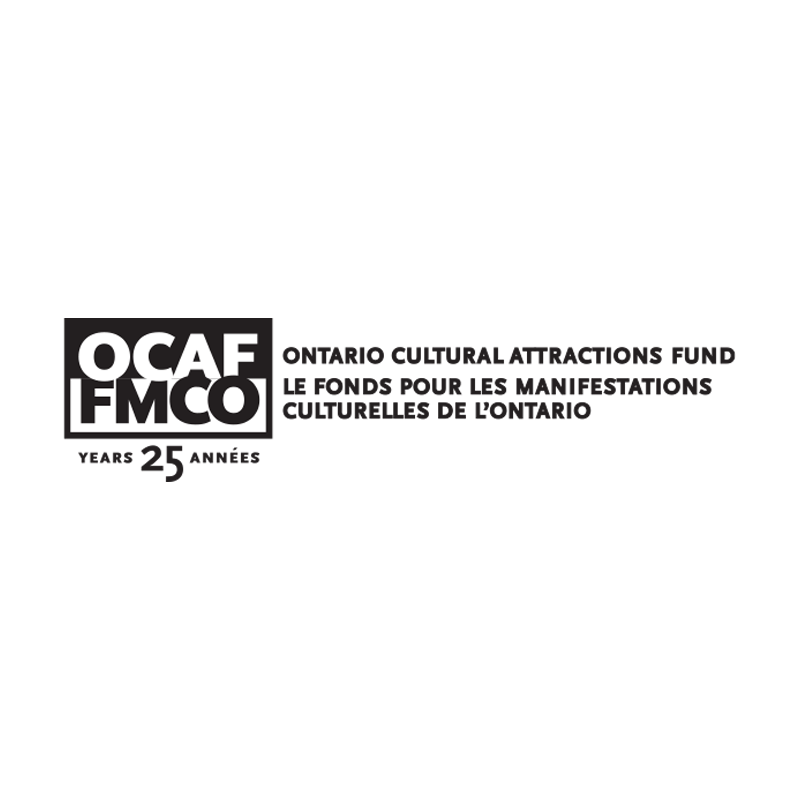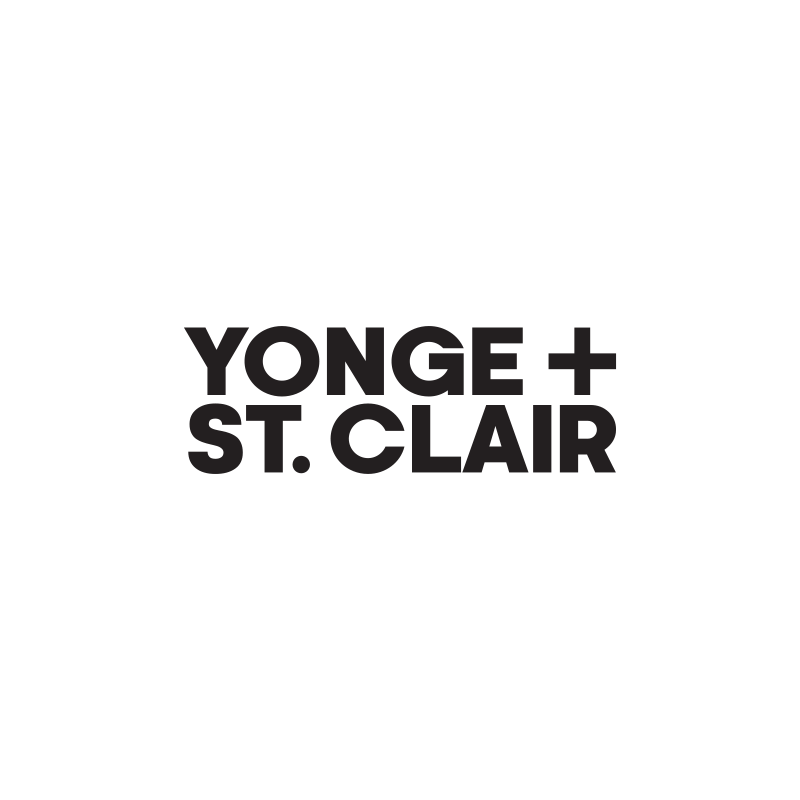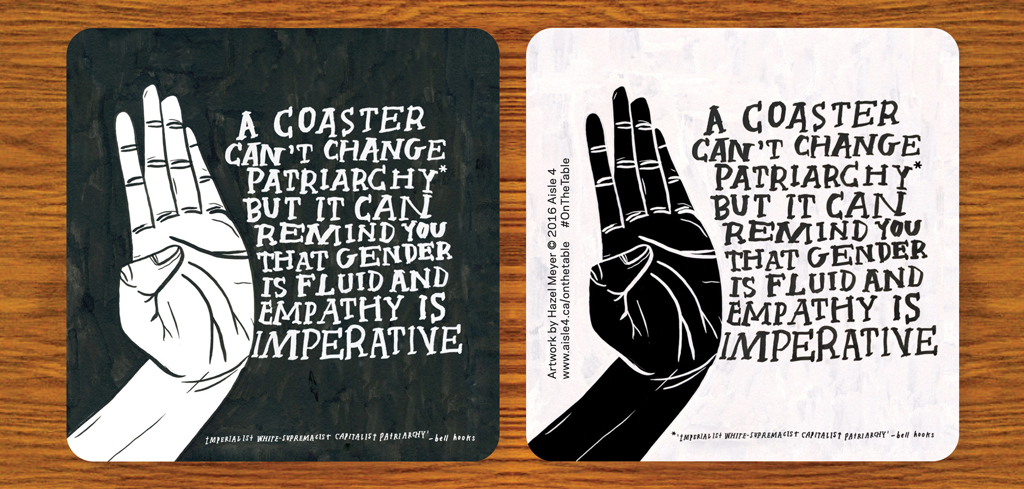
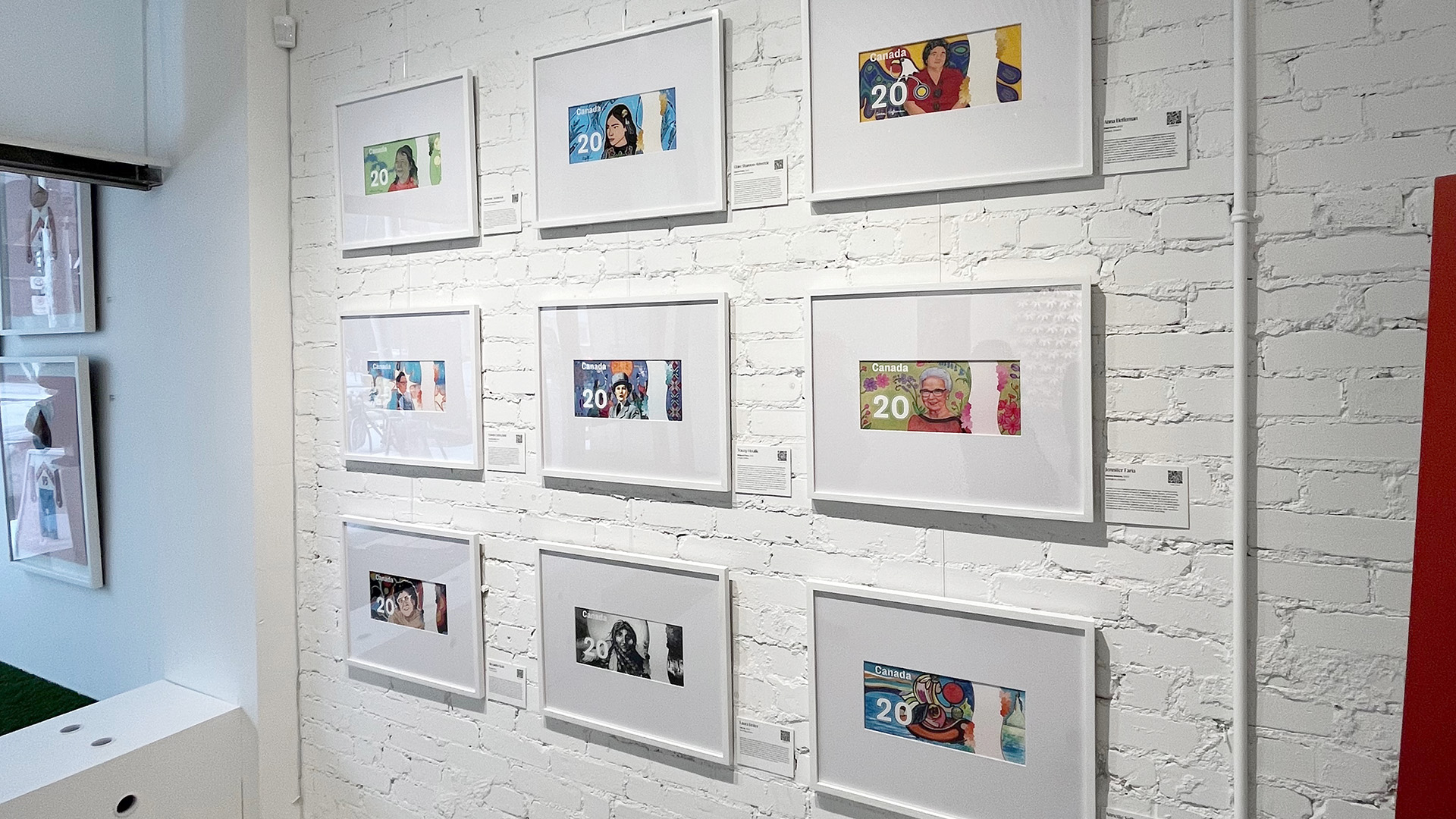
Art and design can be powerful tools for social change by bringing attention to critical issues, challenging prejudices and stereotypes, and fostering understanding and empathy. Design – or problem-solving via services, products and spaces – is not, however, always universally “good.” In fact, design can actually impede social justice if end-users are not fully considered or consulted.
For example, how do we know if a space is truly accessible if differently-abled people are not sought out for advice? At DesignTO, we believe that by understanding the power of design to shape perceptions and influence behavior, while recognizing the harm design can cause, we can work towards more inclusive and socially just design.
How Design Can Promote Social Justice
Raising Awareness
Design can be a powerful tool for raising awareness. Through images and experiences, art and design can evoke deep emotions, spark conversation, and create the opportunity for deeper understanding. The voices of marginalized groups are often suppressed by white supremacy. By bringing attention to the challenges they face, design can help amplify voices that are often unheard. Indigenous women, for example, have long been underrepresented and even excluded from Canadian history. As part of DesignTO’s 2023 Festival, the Native Women’s Association of Canada alongside agency partner Taxi, presented the exhibition Change The Bill, which included $20 bills reimagined by Indigenous artists to feature their own female heroes. “When we heard that no Indigenous woman had ever been honoured on a Canadian bill, despite everything they’ve contributed to this country, it seemed like a great microcosm for the issue of Indigenous representation,” says Carlos Veras, Senior Art Director at Taxi.
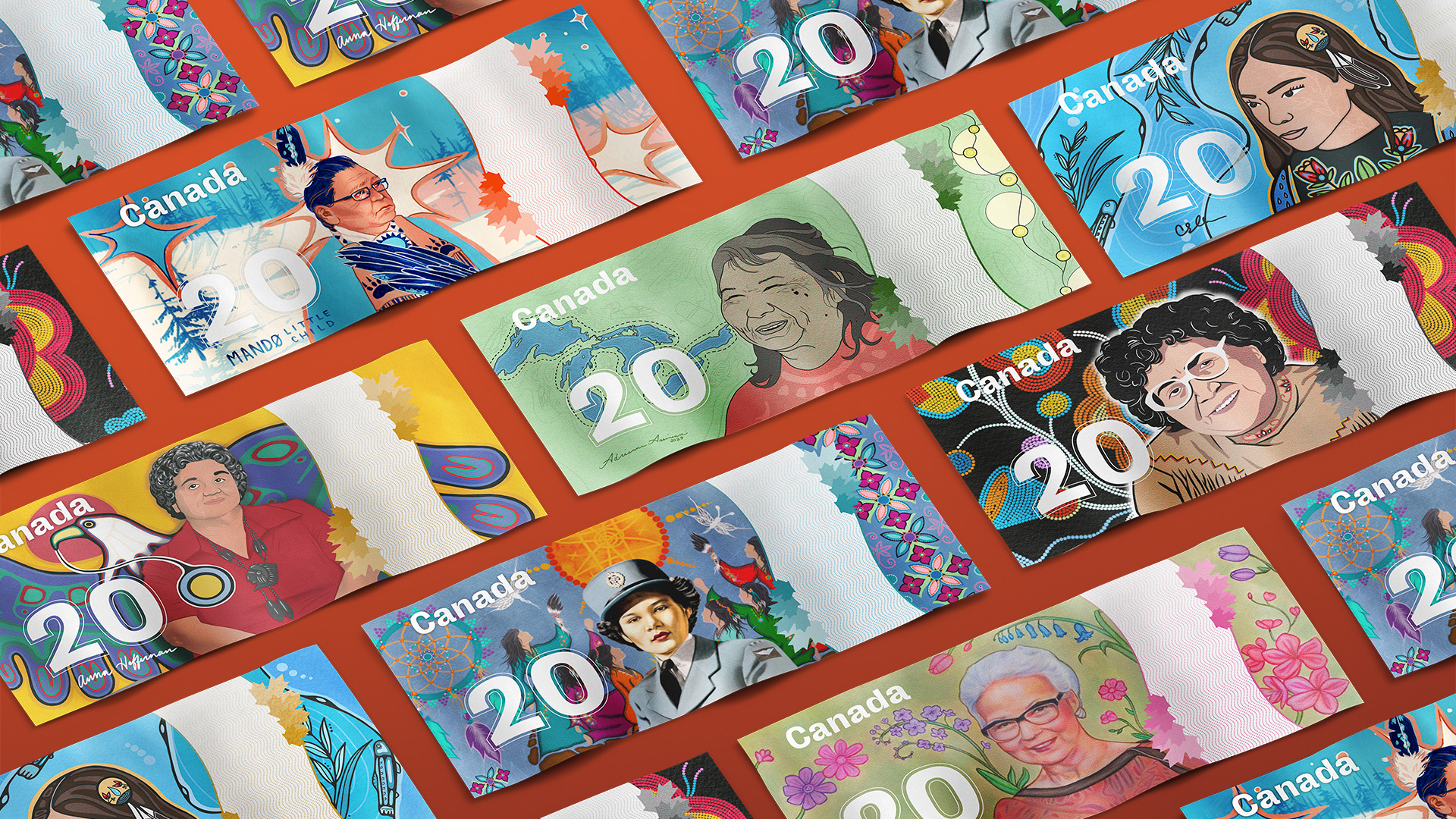
By challenging stereotypes and presenting an alternative narrative, ‘Change The Bill’ was a powerful way to lobby for change, and it was a call for reconciliation through art. “We gave people an opportunity to celebrate Indigenous women and created an outlet for their support,” adds Dylan Thompson, Senior Copywriter at Taxi. Although the project has yet to reach its biggest goal – getting an Indigenous woman on the face of a Canadian bill – it did give female Indigenous artists a powerful platform to showcase their work and gain exposure.
Community Understanding and Engagement
Design also has the potential to create more inclusive products, services, and environments. Through community engagement and co-creation, communities can actively participate in shaping their environment and address social issues. One example of this type of community driven co-creation is STEPS Public Art, who produced an online event that was part of the 2023 DesignTO Festival. STEPS aims to foster inclusive communities through public art. Inspired by the role art can play in reimagining spaces and getting people talking about social issues, STEPS Executive Director Alexis Kane Speer, launched the organization with the goal of bridging conversations between city builders and artists. Their mandate has since evolved to meet the needs of artists and communities.
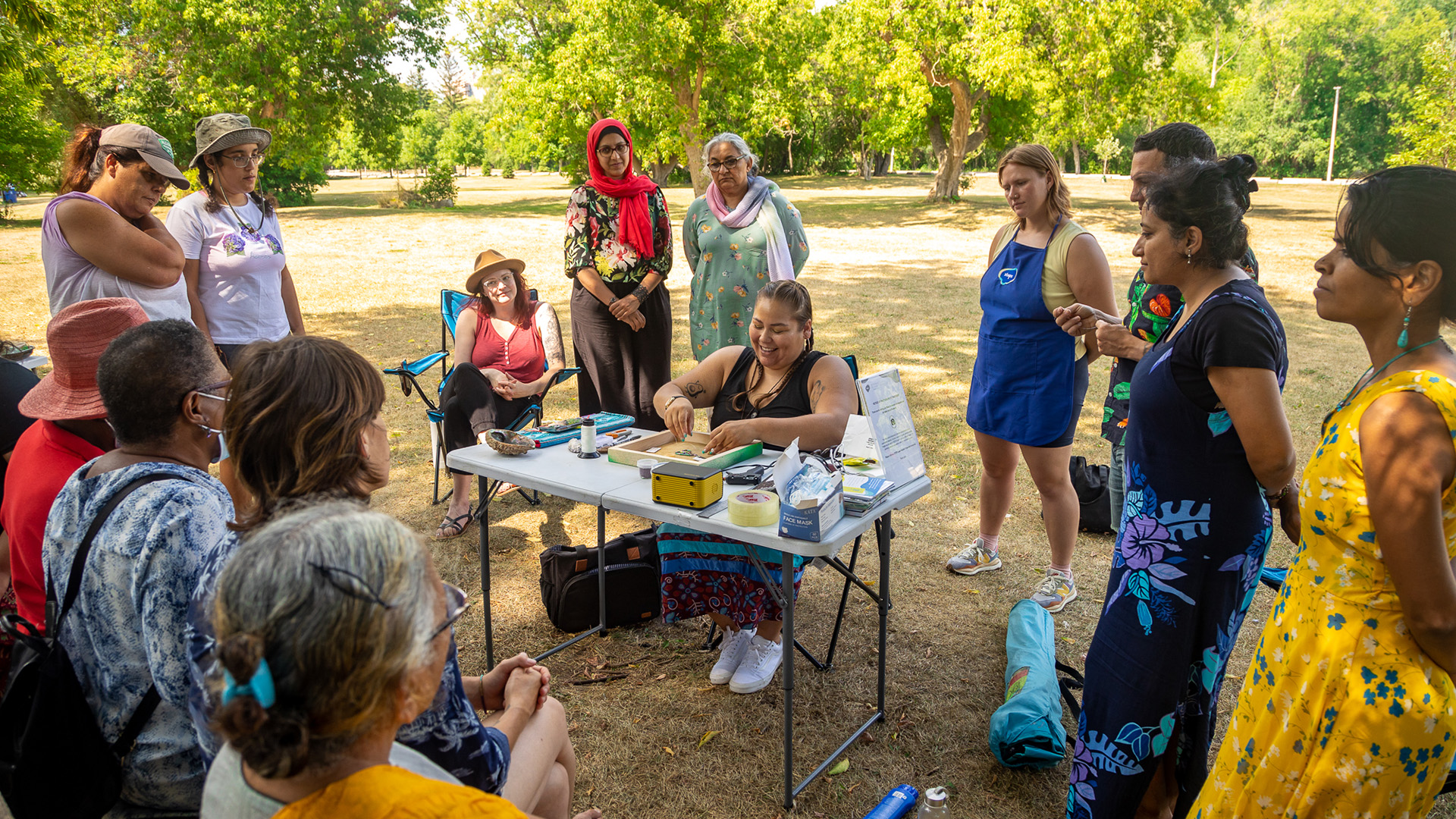
“During the pandemic, when public spaces were amongst some of the only safe spaces where people could connect with each other, we were able to demonstrate the integral role of public art in community building,” says Speer. For example, The Mane Event, a STEPS-coordinated community arts series run in partnership with D’Andra Montaque of Empress Mane in Toronto’s Little Jamaica neighborhood in 2022, highlighted the importance of hair in Black culture, recognizing it as art and an expression of identity. The series included six pop-up workshops culminating in the creation of Our Crowns, a 1,300 square foot mural highlighting stories of resilience and self-care shared by the local community and members of the African diaspora. In addition to community building through public art, STEPS also offers training and resources to support artists interested in developing public art skills and practices. Its CreateSpace BIPOC Public Art Residency gives equity-deserving artists from across the country the chance to develop real-world public art skills while STEPS’ RECLAIM Public Art Residency, in Victoria, British Columbia, provides mid-career artists with skills and hands-on experience through the creation of public artworks.

Another example of design sparking conversations is the On the Table exhibition which took place during the 2017 DesignTO Festival. Here, a collection of free and collectible drink coasters featuring original artwork curated by Aisle 4 were made available to the public as interventions at bars across Toronto. The project aimed to “incite dialogue around gender-based violence and sexual harassment,” says Aisle 4 member and independent curator Patricia Ritacca. The featured artwork by Jesse Harris, Aisha Sasha John, Hazel Meyer, and Lido Pimienta, spoke to the direct correlation between alcohol and sexual violence, highlighting issues that impact both patrons and staff in licensed establishments. “Accessible and effective design has the potential to educate and rally communities,” adds Ritacca. “On the Table utilized design as a form of activism to demonstrate how public art and social practice can have long-lasting and meaningful impacts on a variety of communities.”
Disparity in Design / Democratizing Design
Although design can support inclusivity and social change, it is also important to recognize that truly inclusive design requires an inclusive design industry. Gender inequality persists in many design disciplines as well as underrepresentation of BIPOC (Black, Indigenous, and People of Colour) designers, especially in leadership positions. Additionally, socioeconomic and geographical barriers can limit access to design education, opportunities, and resources.
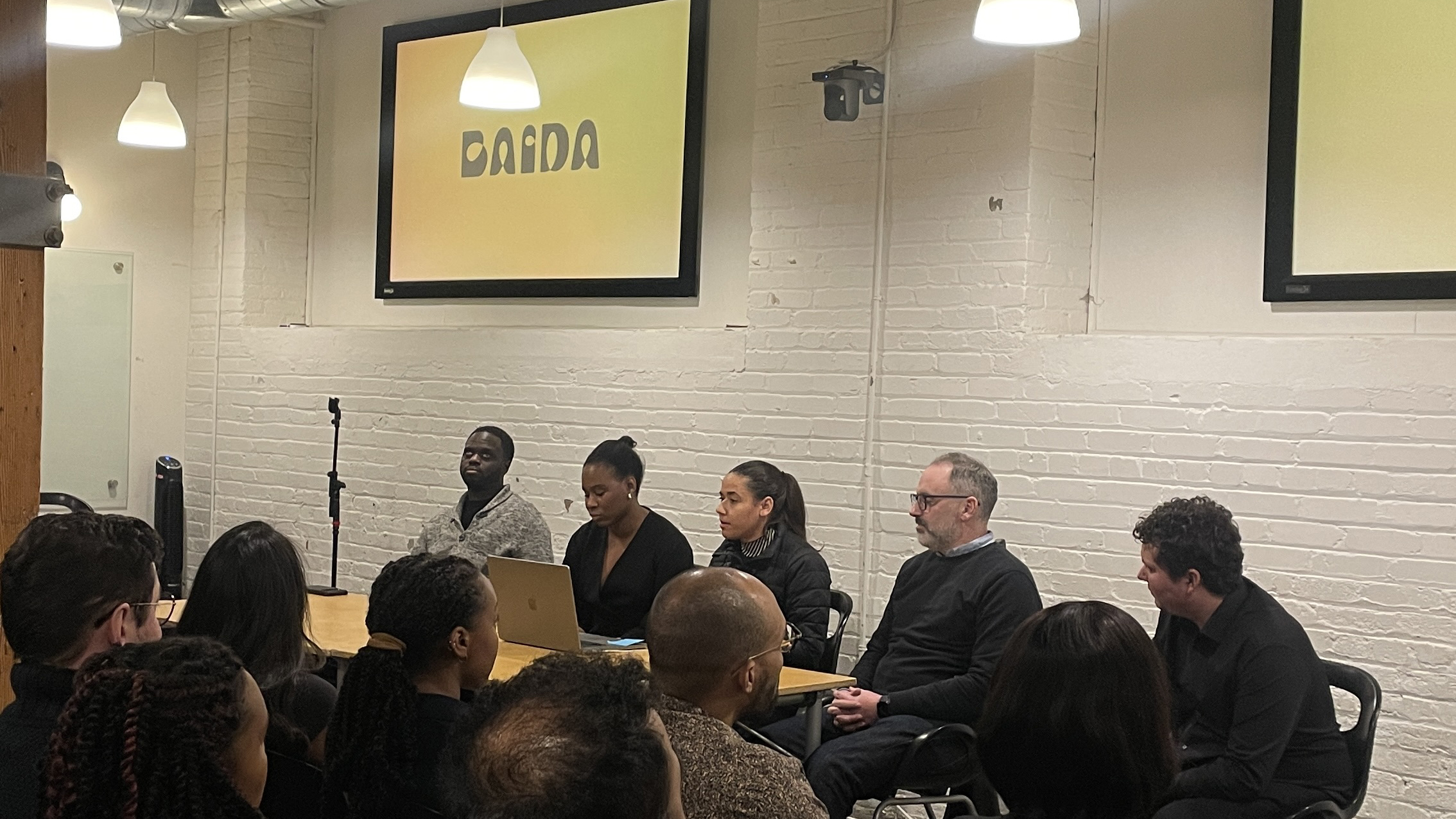
One way to combat disparity in design is by promoting and supporting underrepresented groups. As part of the 2023 DesignTO Festival, the Black Architects and Interior Designers Association (BAIDA), in partnership with the Toronto Society of Architects (TSA), hosted a panel discussion exploring how BAIDA’s members are reimagining their own future. A non-profit organization made up of students, planners, interior designers, and architects, BAIDA works towards diversity, equity, and inclusion in architecture and interior design through advocacy, mentorship, networking, and outreach. “By addressing the gaps in representation, and by providing tools and resources, BAIDA ensures that design is not just for a select few but is shaped by and for all communities in Canada,” says BAIDA co-founder Farida Abu-Bakare. The organization views design not just through the lens of aesthetics but also social justice.
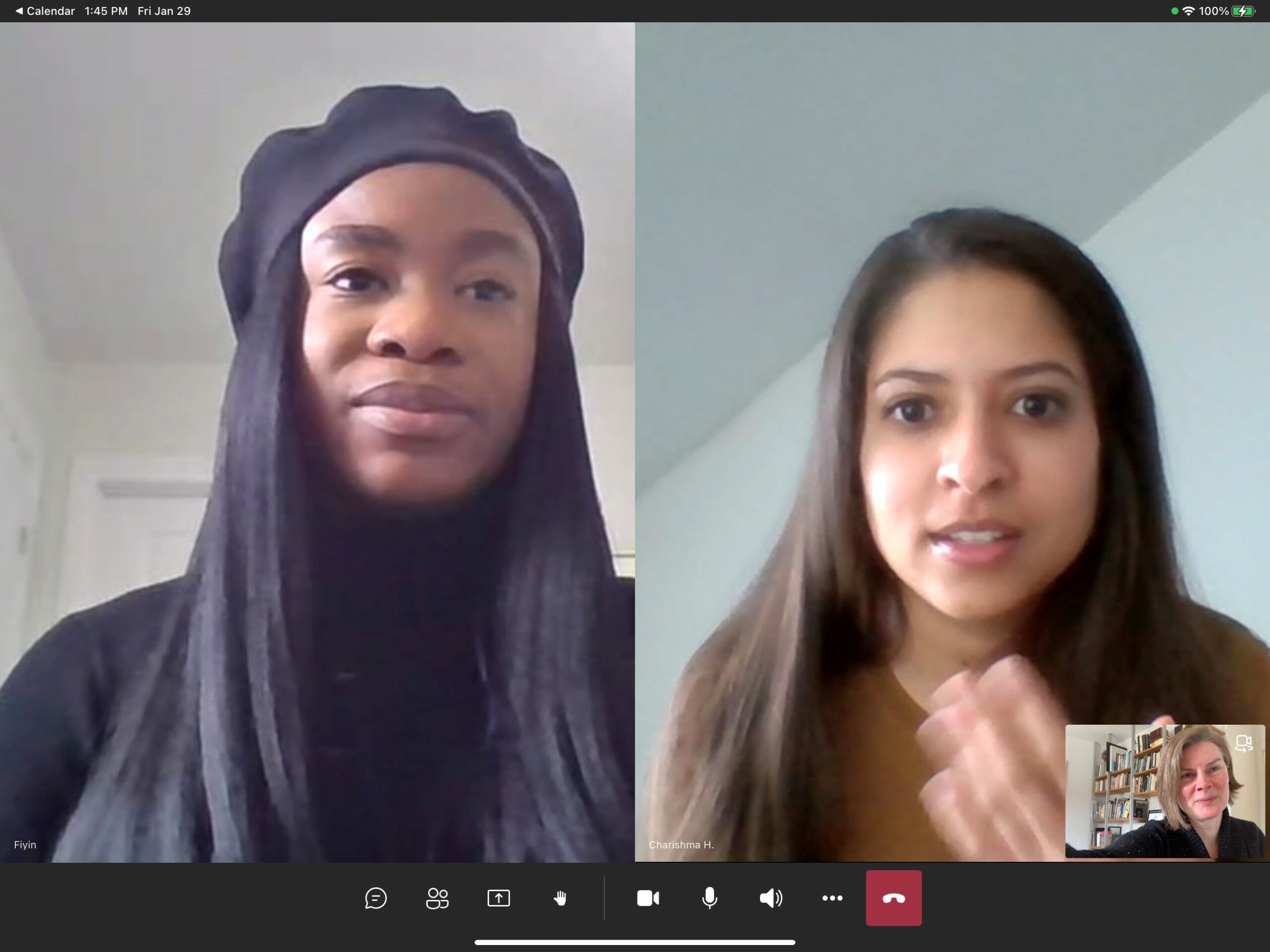
Affordable and accessible education and mentorship can also help make design more inclusive. BIPOC Portfolio Collaboration, part of multiple DesignTO Festivals, offered young designers and architects who identify as Black, Indigenous, or as People of Colour, the chance to receive a collaborative review of their resumes and portfolios by leading Canadian architects and designers. Run by Gensler, BAIDA and Building Equality in Architecture Toronto (BEAT), the event has helped numerous students make connections in the industry and even start their careers. “Currently there are several event ‘alumni’ who have either completed their co-op/work terms or are permanent hires,” says Gillian Walczak, Associate at Gensler. The initiative has been so successful that it has expanded to Gensler’s Vancouver office and now includes additional design disciplines.
“Design can help us build empathy, learn to value each other’s opinions and ultimately create more equitable opportunities for previously underrepresented groups,” adds Christina Chow, Vancouver Lead at Gensler.
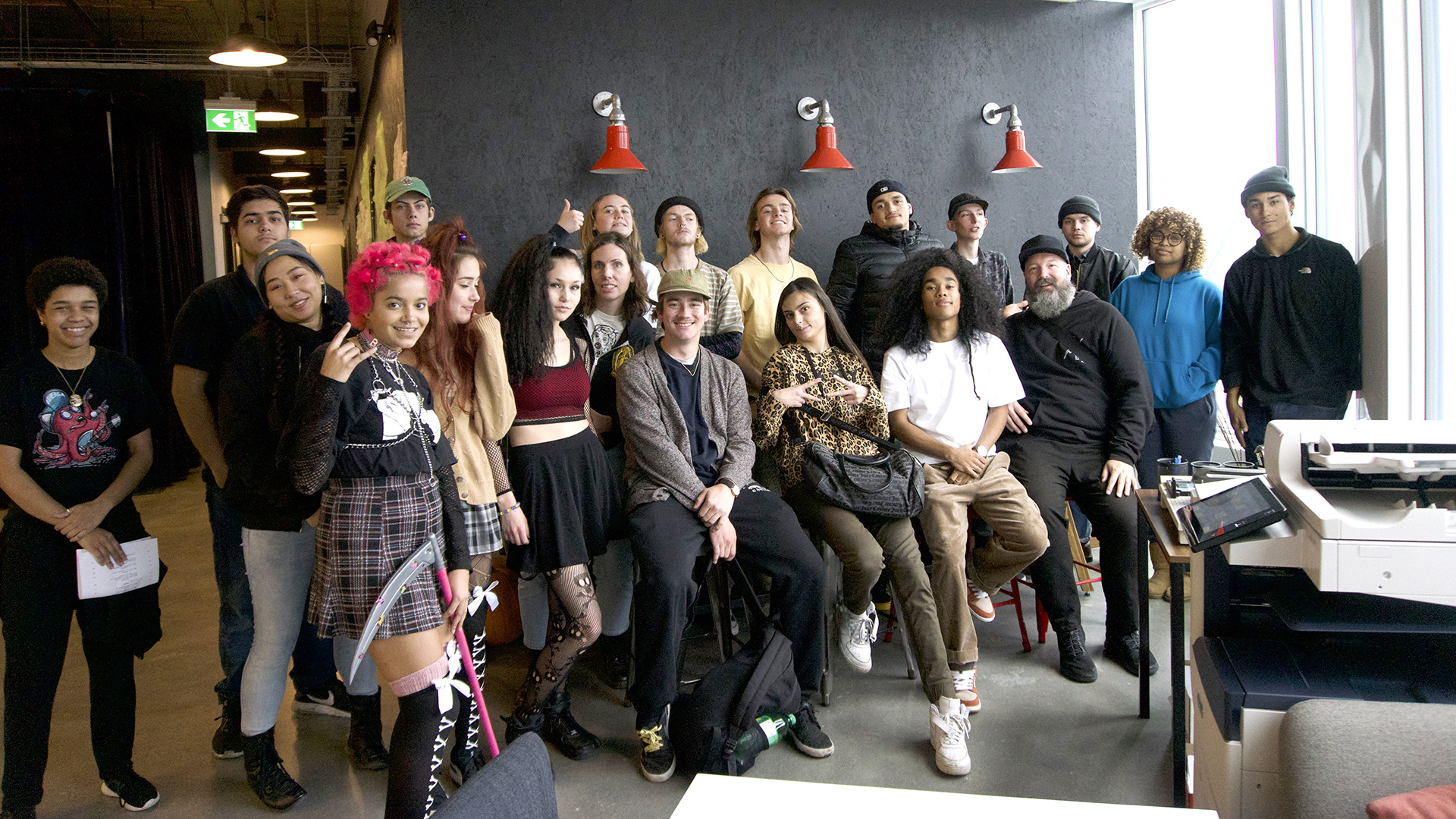
DesignTO Youth works to make design education more accessible by connecting youth with creative learning opportunities. Launched in 2019, the program partners with local artists, designers, and collaborators such as schools, non-profit organizations, and community groups that are already actively engaging with youth. In its first year, DesignTO Youth collaborated with Oasis Skateboard Factory (OSF) to introduce students to animation and the video game design industry. The students had the opportunity to participate in an animation workshop with Tommy Truong, heard from video game designer Rob Elsworthy and got a tour of animation studio House of Cool. “DesignTO helped us broaden our curriculum offerings and introduce students to a whole new creative industry,” says OSF teacher Lauren Hortie. Young designers and artists are often ignored or underestimated in the larger design community, but “including youth in a professional level design festival isn’t just a good opportunity for the students, it’s necessary for the design community,” adds Hortie. Despite their age, young artists and designers have unique perspectives and can make valuable contributions to the industry. Since its inception, DesignTO Youth has partnered with a variety of community organizations and artists including SKETCH Working Arts, Urban Minds, and JAYU.
DesignTO’s commitment to social justice is an ongoing effort that seeks to challenge the status quo, amplify underrepresented voices, and foster a more equitable and inclusive design industry. By implementing these approaches towards a more inclusive design ecosystem, we can promote equity, diversity, and democratize access to design.
To explore more inspiring stories and insightful articles about design, art, and craft, visit the DesignTO Blog.
This article is part of the new DesignTO 101 series aimed at providing valuable insights on the role of design, craft, and art in promoting sustainability, social justice, and joy.
